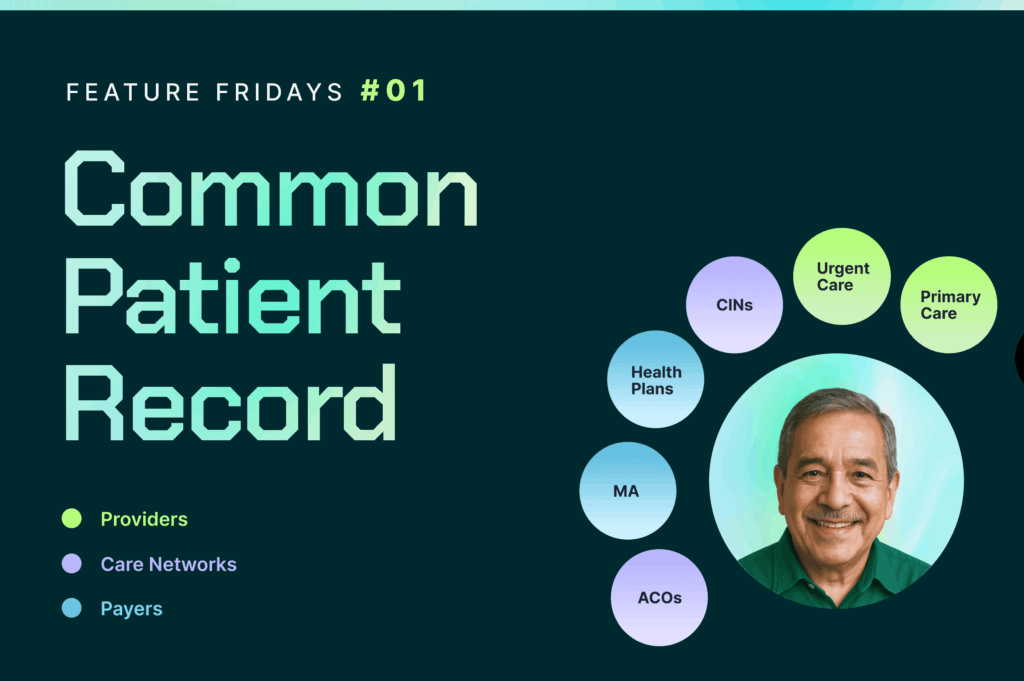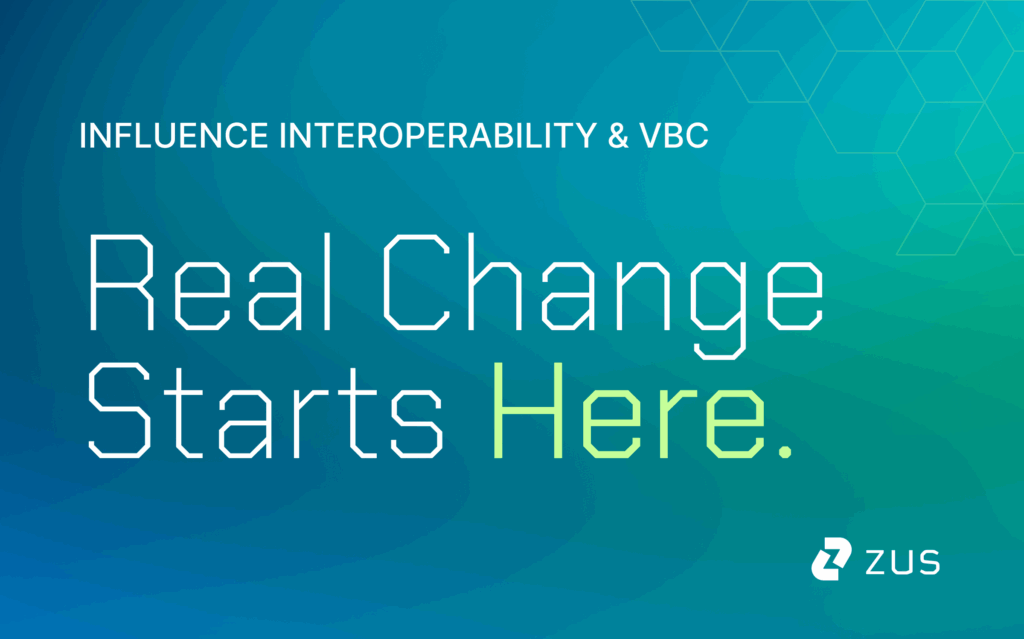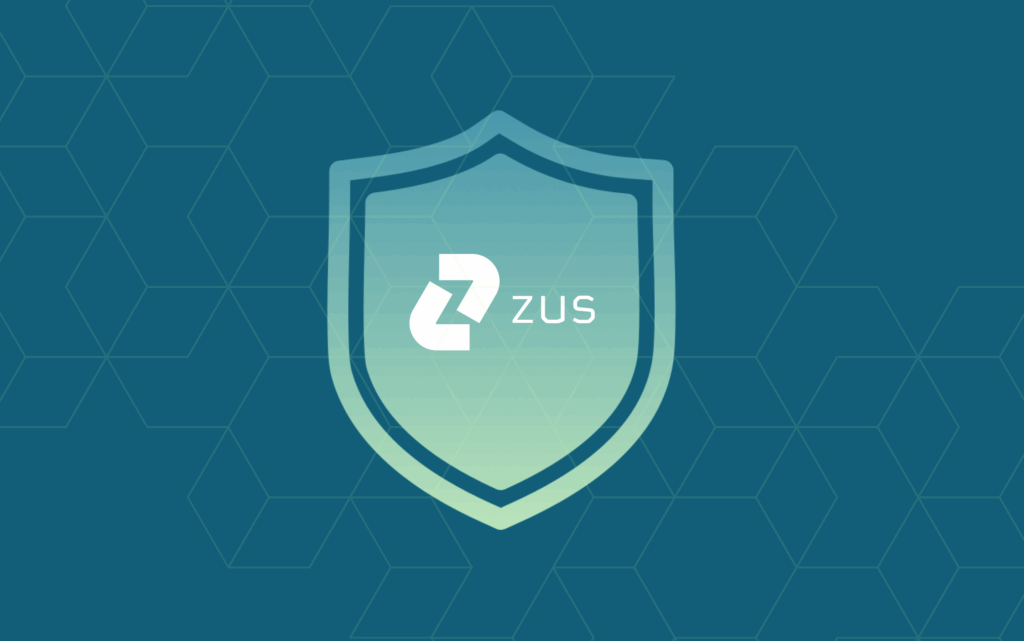Last month, we had a great webinar (recording here) with two old friends Edwin Miller and Joe Hendrickson before we headed out for the holidays and I’m just going to put it out there that it was prophetic as well as fun!
What we said in that discussion was that the state of the current art of population health – doing a great job of analyzing and acting on claims files that come in on your covered lives – is an increasingly obsolete approach to managing lives. Even if you do it very well, it’s often too little, too late. Too little because there is SO MUCH to be found in the physician notes and lab values and prescription details that are not found in either the claims file OR the EMR data of the at-risk provider. Much of the cost of care happens OUTSIDE of the walls of the at-risk providers’ offices, so while knowing what is in their EMR is cool, it’s not sufficient by any stretch. Too late because the average number of days between accessing a paid claim file for a member and the actual care that happened in that file is often over 70 days!! The great Steve Kahane, commercial leader extraordinaire at athenahealth for many years, always said “time kills deals”… well it kills people too. If a patient is put on the wrong med and you know about it on day one, you can call and talk them into trying something else first. If they have been on that med for 70 days when you realize you wish they weren’t on it, there is a lot less you can do. So too with a patient who ends up with the wrong specialist simply by virtue of what emergency room they wandered into or the wrong step-down facility they entered, etc etc etc.
Large incumbents are taking note. A recent analyst report from JP Morgan on Agilon Health made the following comments:
“We believe the consistent underestimation of medical costs in a rising utilization environment highlights the significant risks AGL faces managing risk while operating on a several month claims lag from payors. We are positive on the long-term outlook for capitated providers, but persistent data visibility issues make it difficult to have confidence in near-term fundamentals.”
The easy upcoding wave has hit the top of the beach, and we now must learn to make money by managing care. To do that, we need to get really really close to the moment of care…from a data perspective, from a care algorithm perspective and from a patient connection perspective.
There is a book called The Kill Chain by Christian Brose which speaks of the new arms race being one of speed to decision between sensing a possible threat and acting on it…and the need for AI to shorten that chain. I think that’s what we are going to see in healthcare too.
In my humble opinion, optimizing the three intervals in care below is what will lead to the next inflection point in accountable care success – both financially and for patient outcomes.
- Speed to signal: How long is the interval between an undesirable patient health event occurring and you learning about it?
- E.g., how long it takes for you to…
- Notice when a prescription you didn’t expect is written as soon as it is filled via intense surveillance of prescription of medical record update
- Notice when a patient is sleepless or symptomatic as soon as they are aware of it through robust use of remote patient monitoring technology and DTC business models
- E.g., how long it takes for you to…
- Speed to decision: How long is the interval between the organization learning about a new patient event and getting that information into the hands of the frontline care team?
- Best practice here cannot be giving a file to analysts to sort through and find next steps for patients. Each signal should have a very good chance of turning into care plan action led by clinicians the second it is sensed.
- Speed to intervention: How long is the interval between the care team learning of a patient health event and successfully engaging the patient?
- Crucially, at-risk providers who have earned the right to communicate will beat those who aren’t a welcome presence in patients’ lives. This could take a few different forms:
- By offering Roman/Thirty Madison/Hims & Hers-like convenient care
- By merging care with member services
- By building a self care game layer that draws people into an app — or into accepting messages from a given sender
- By heavily investing in building trustworthy relationships between patients and their providers
- Crucially, at-risk providers who have earned the right to communicate will beat those who aren’t a welcome presence in patients’ lives. This could take a few different forms:
That’s where we are right now…I believe these are the next frontiers. You can keep culling for suspect diagnoses that drive up RAF in batch end-of-month processes and sending often unwelcome lists to teams of busy care managers…or sticking the info into really unwelcome Chrome plug-ins that docs don’t understand very well (and that’s if you’re lucky enough to have a patient you care about end up in front of said doc in the first place)….but you are not going to win with that anymore.
To close, let me leave you with my favorite quote from the webinar, courtesy of Edwin:
“How do we drive the right incentives into the system? We need to pay for wellness instead of sickness. What do you need to do that? You need data.”
Featured photo by Kenny Eliason on Unsplash




